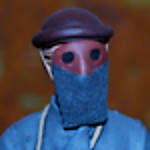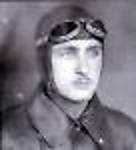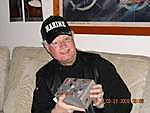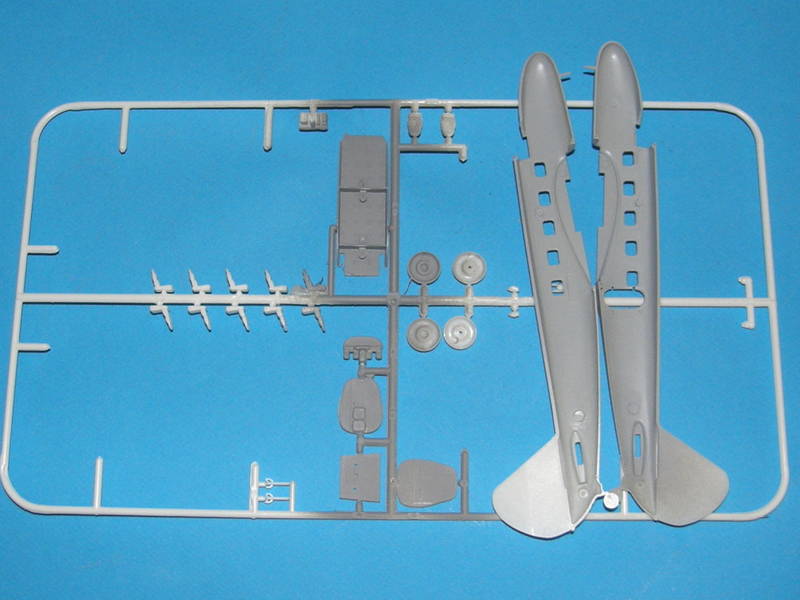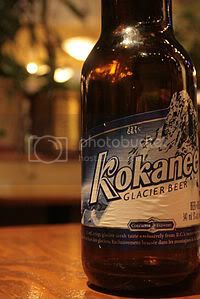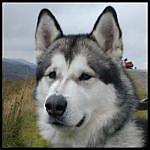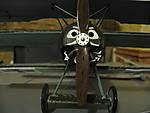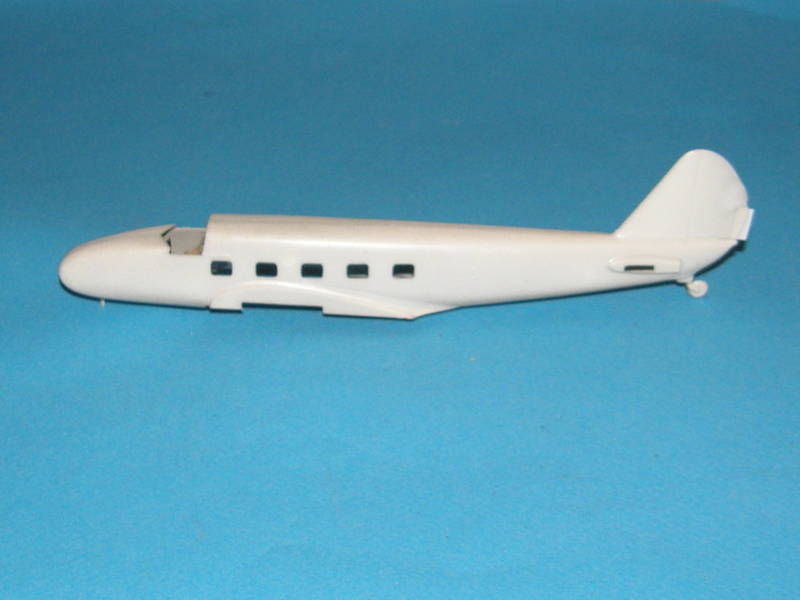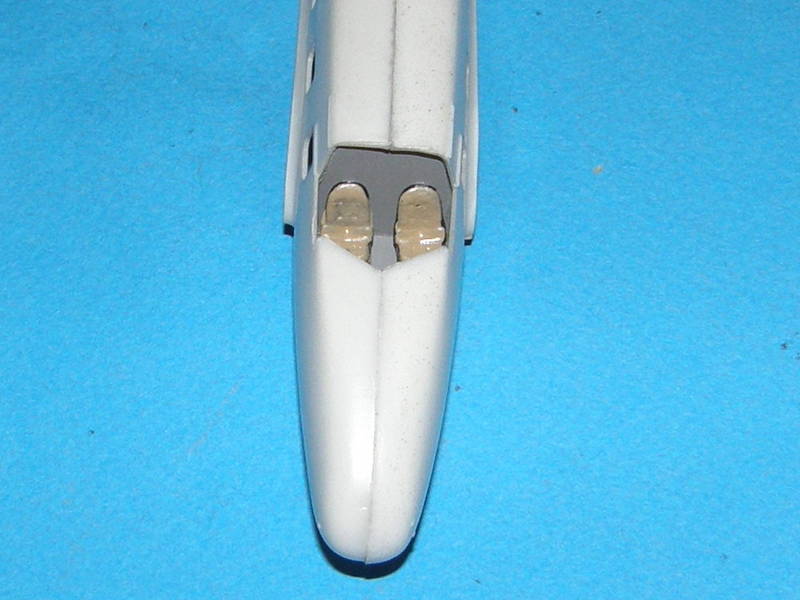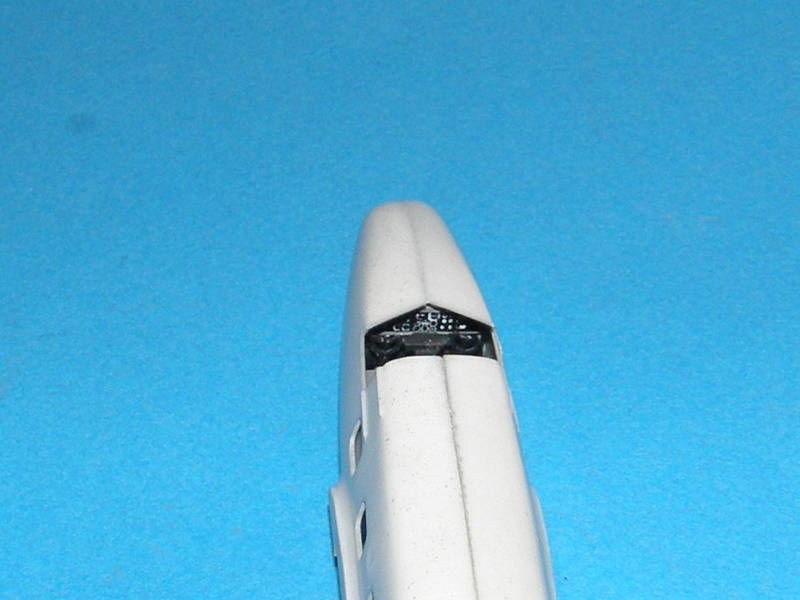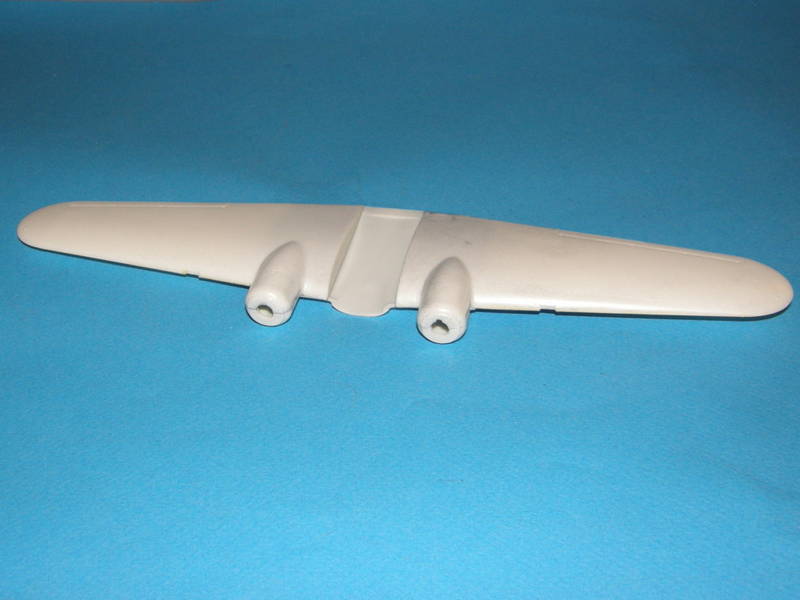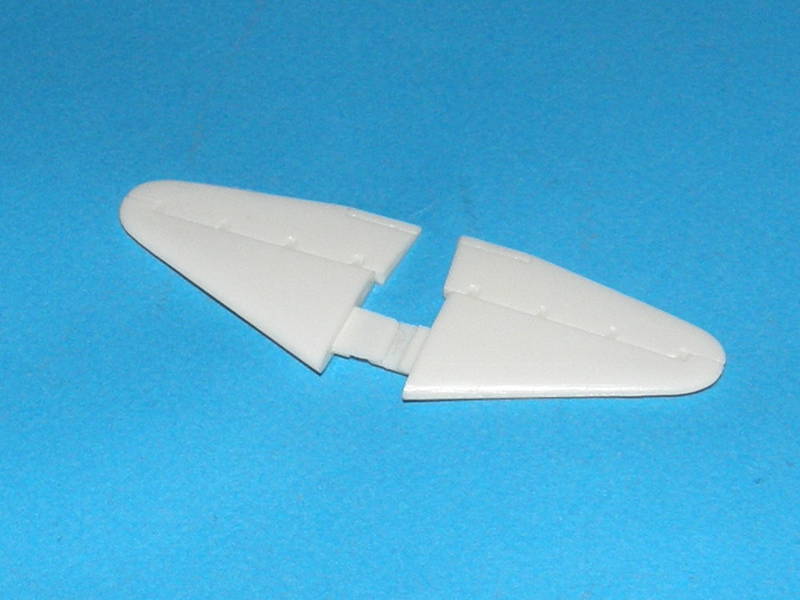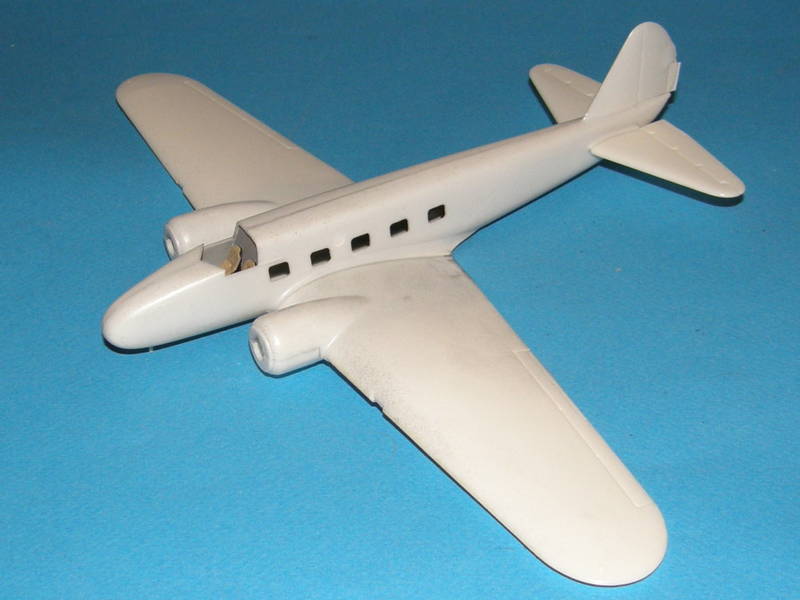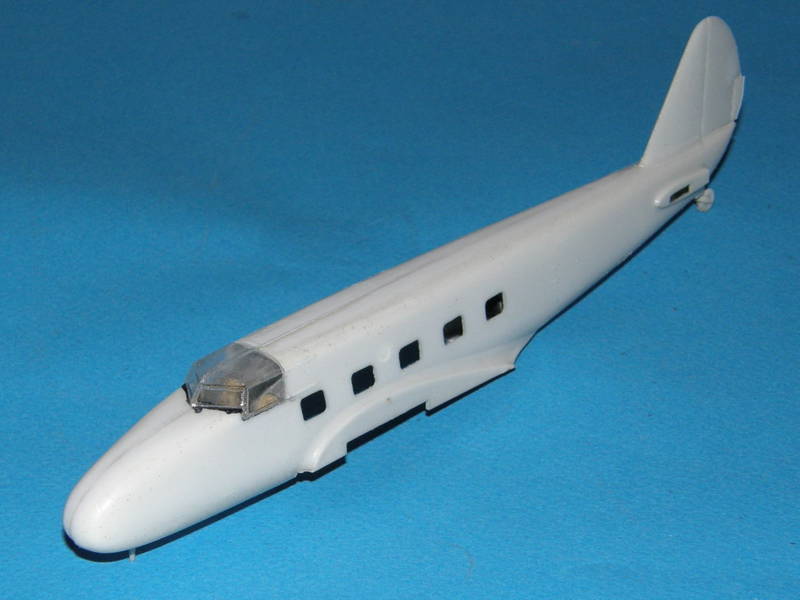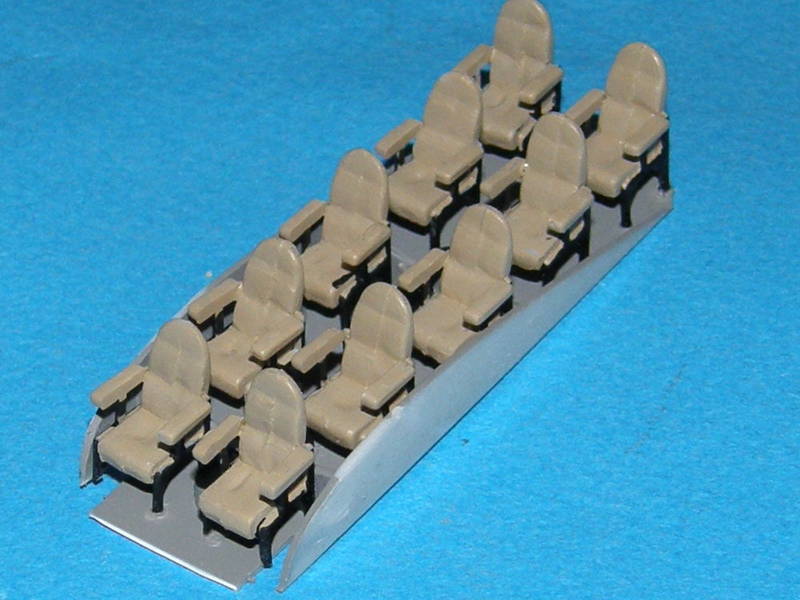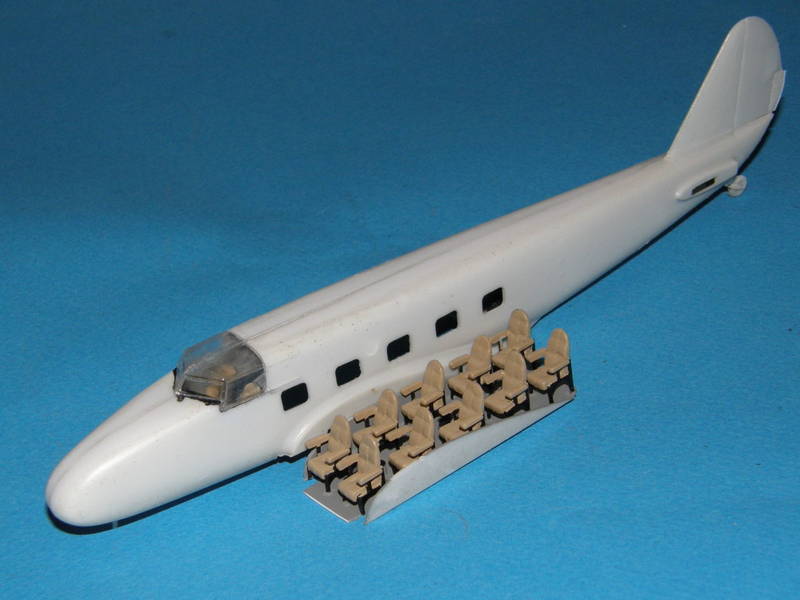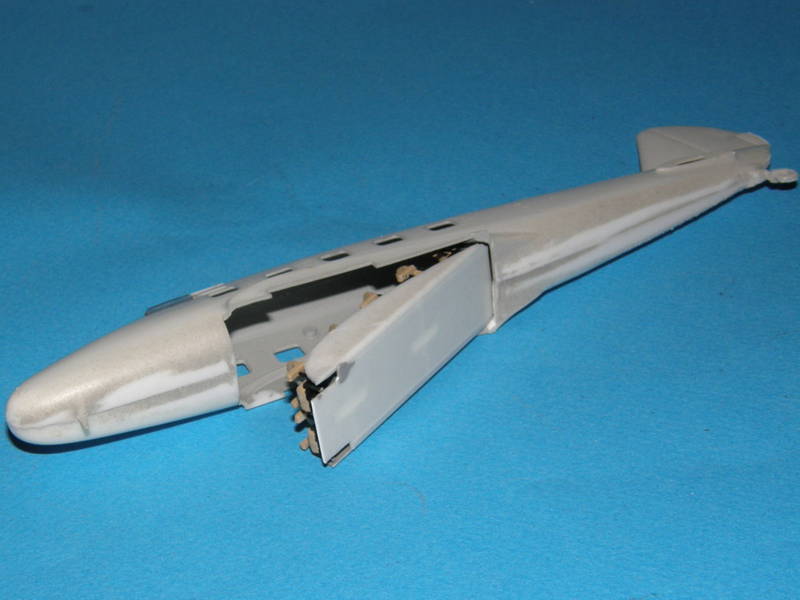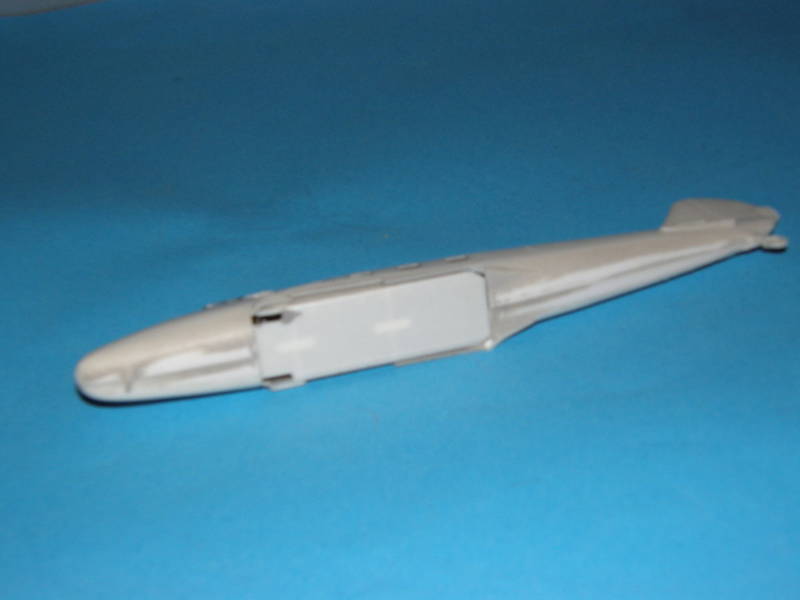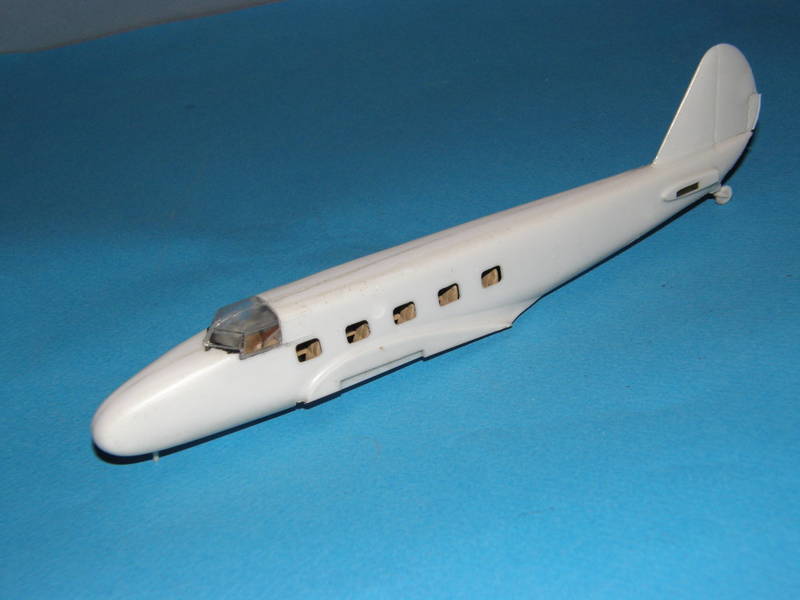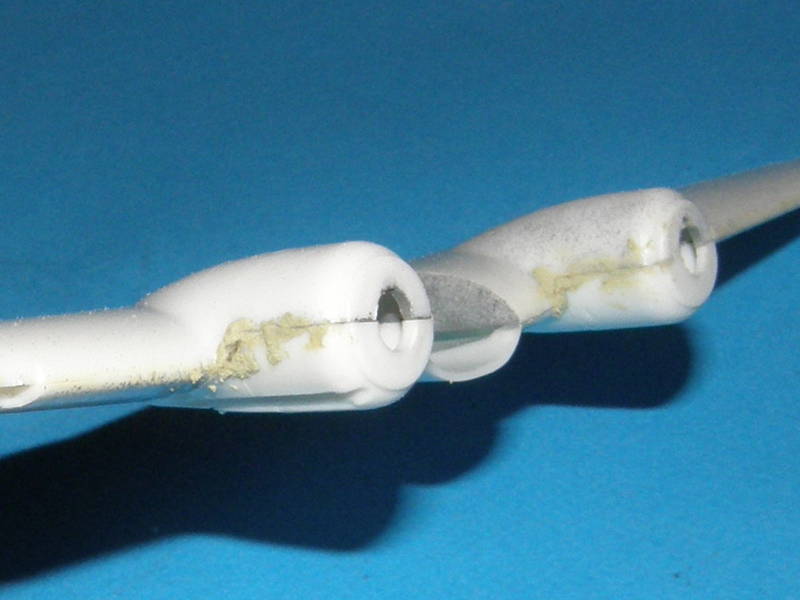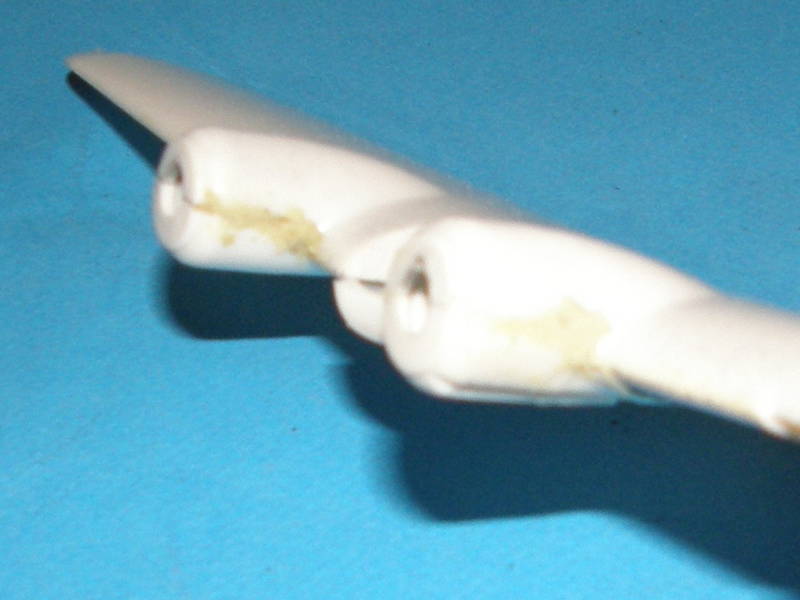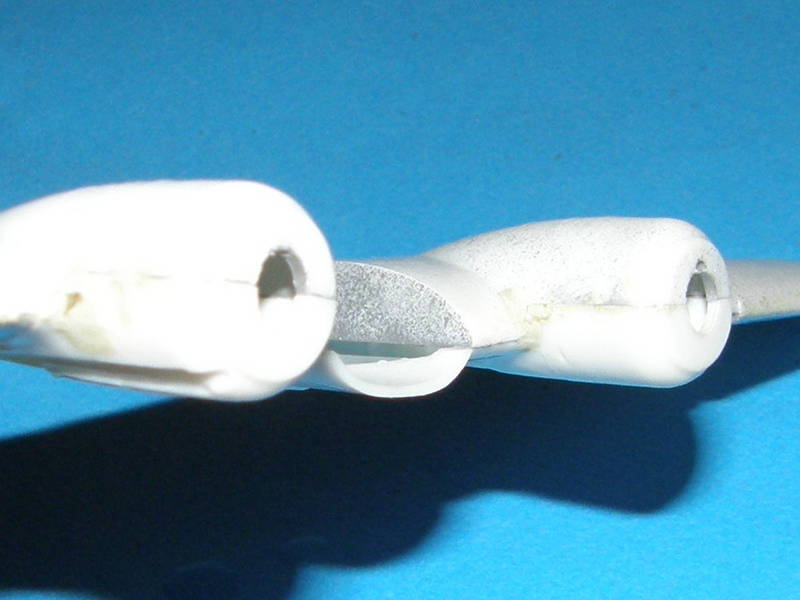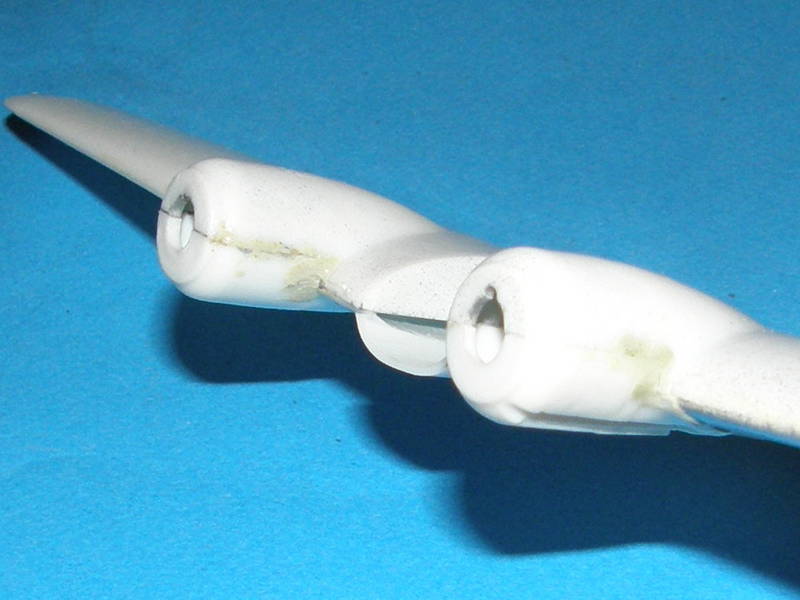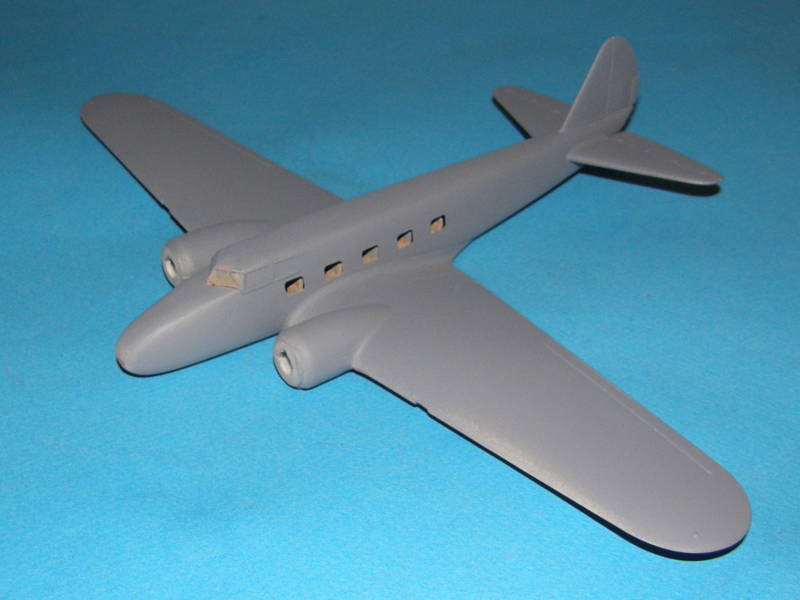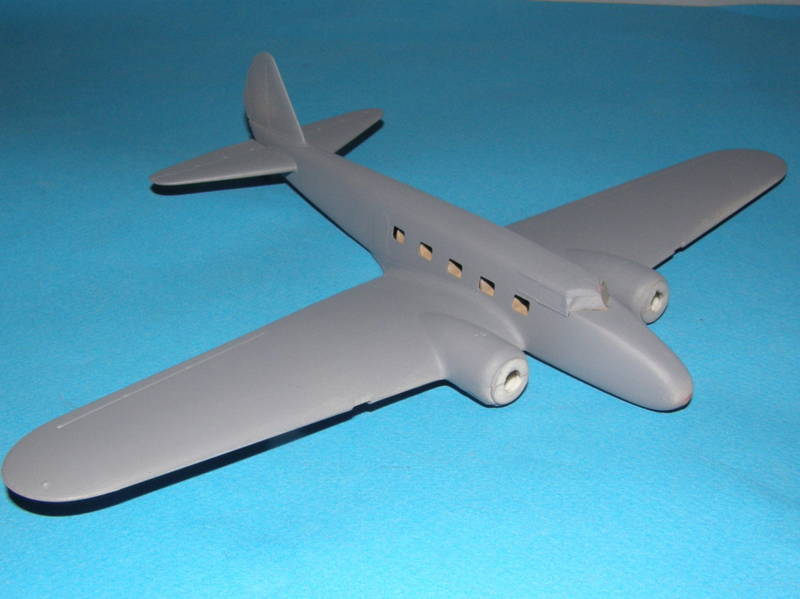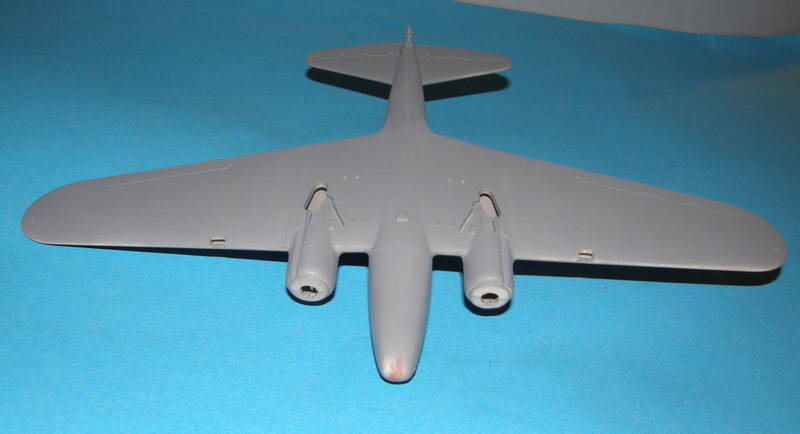Boeing's ownership by United Aircraft and Transport Coproration, which locked Boeing into producing 247s for the Company's airline (United Air Transport, which eventually became United Airlines), combined with the smaller, less capable design the airlines insisted on, cost Boeing hundreds of sales when Douglas brought out the DC-2 and DC-3.
The 247 made history in 1934 when a standard airline model aircraft was chosen by Roscoe Turner to be entered in the MacRobertson Air Race. Turner and his co-pilot Clyde Pangborne came in second in the transport class (third overall) behind a DeHavilland Comet and a KLM DC-2. Coming in second to the DC-2 seemed to be the 247's lot in life (the KLM crew really ground in the humiliation by flying a regular passenger schedule, which added 1000 miles to the race distance, and actually turned back at one point to pick up a stranded passenger).
The 247 was nearly right, but it did have some severe design flaws. It could only carry 10 passengers, the same capacity of the much smaller Lockheed Electra, its wing spar was right at knee-cracking height in the cabin, and its size and weight meant that its fuel economy was much worse than its Lockheed rival while the DC-2 could carry 4 more fare paying passengers. In the end, Boeing only produced 75 247s of all models.
CF-JRQ was built in 1933 (Boeing C/N 1699) and converted to 247D configuration in 1934. It flew for United Airlines, The RCAF, Quebec Airways and Canadian Pacific Airlines as well as 8 other owners before being purchased in 1957 by Calgary Standard Oil. It then spent the next 10 years flying personnel and supplies to exploration and drilling sites throughout the Canadian North. Retired in 1967, it was donated to the Canadian National Aviation Museum in Rockliffe Ontario, where it remains on display. I cannot post photos of -JRQ in this thread because I don't have permission, so I will have to link to them instead.
This aircraft represents the maturation of bush flying in Canada, Gone were the days of biplanes able to carry only one passenger and a hundred kilos of freight. The 247 had the capacity to carry the equivalent of ten or more smaller loads, which meant that the aircraft could pay its operating costs and still save money.
The kit is Williams Brothers' classic. It was one of the first of what we today call “limited run” kits, although it has far exceeded what anyone could call a “limited” production run. It is the only 247 in 1/72, and to this day is still a decent kit with everything one could need to produce a good model right out of the box. The kit offers optional cockpit windscreens, optional rubber tires, optional extended or weighted oleo struts, optional landing gear legs and optional cabin fuel tanks to enable the modeller to portray Turner and Pangborne's racer. It was also one of the first airliner kits to offer a full passenger interior.
It is, however, not a “shake the box” kit. Modelling skills are definitely called for. There is a modicum of flash, the instructions are rudimentary and some of the options require the builder to do surgery to the kit. This is par for the course when building a Williams Brothers kit. Veterans of the USENET group rec.models.scale will no doubt recall Dan Winfield's infamous endless rants about the 247's stablemate, the Martin B-10.
Here's a look inside the box. I acquired this kit used in 2002, and it was already old and battered with many parts off the sprue.








The decal sheet was done by the now sadly defunct Whisky Jack decals, who concentrated on Canadian Civil subjects.










